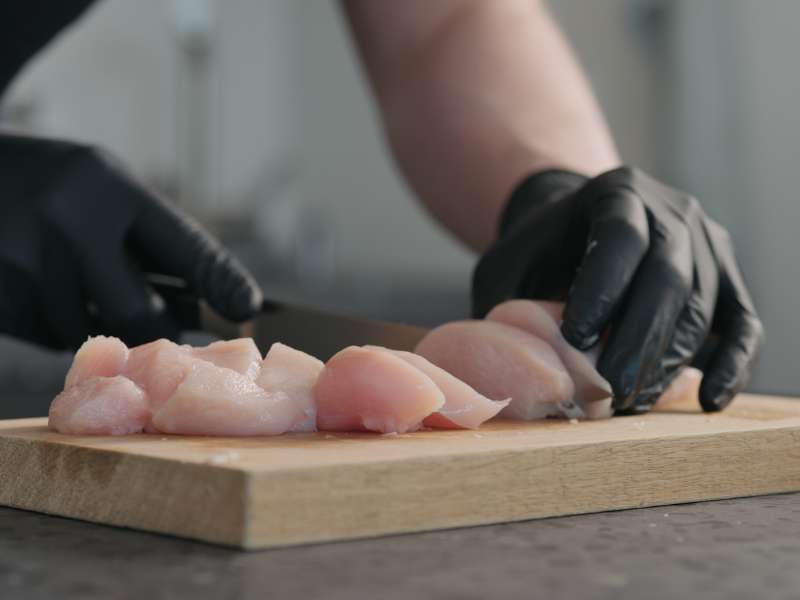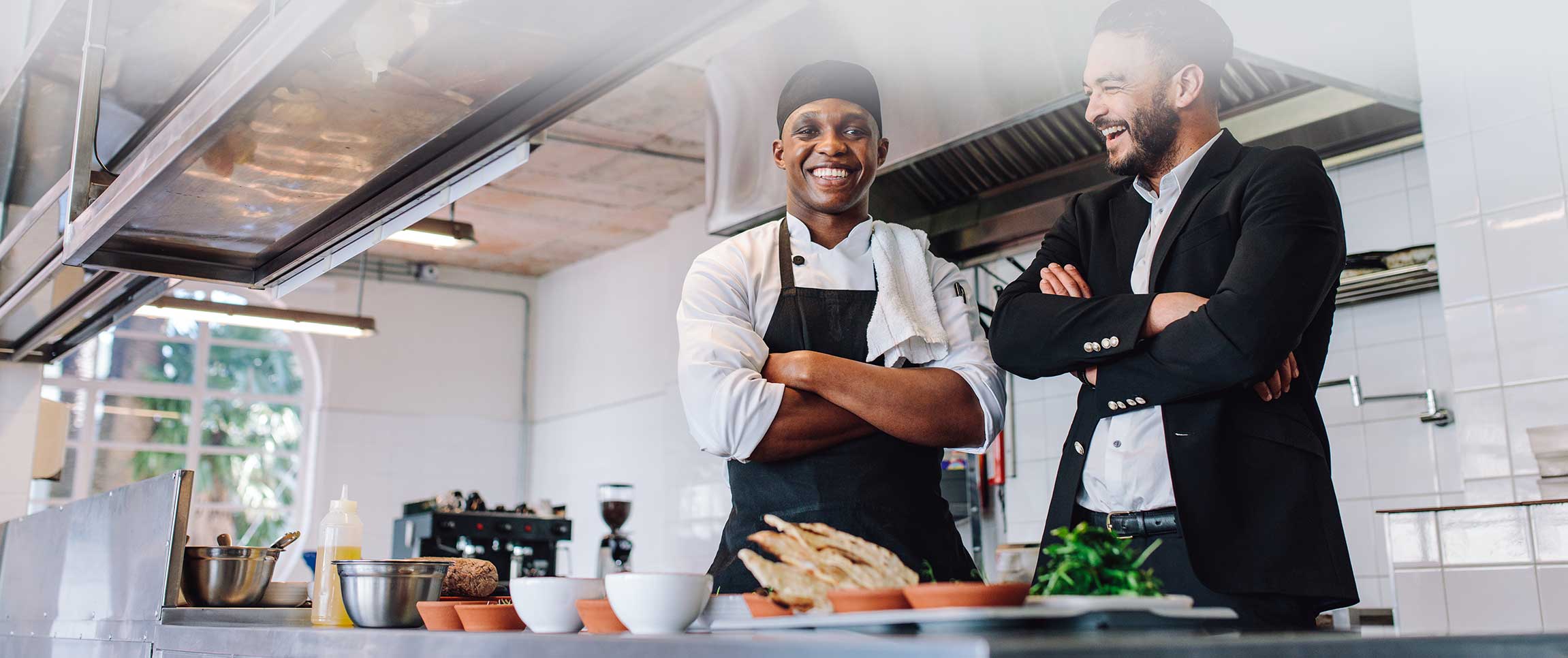Check average refers to the amount of money diners spend in your restaurant and can be broken down by month, week, shift, or server.
It is recommended to calculate check average daily by shift and server. Knowing the check average each shift or each day informs you when guests are spending the most money, while also identifying the shifts and days that require focus and teamwork to increase profits. This method also helps you identify staff members who are best at moving the needle. It makes sense to collaborate with those servers to find out their keys to success and use them as solutions to lift up the rest of the team.
Team Meetings
One way to improve check average numbers is to have weekly meetings with your team. Explain to them why improving the check average is not only important to the business but to them as well. Increasing check average will increase a front of house staff member’s take home pay by increasing tips. It will also provide a more profitable income to allow raises for back of house staff. Creating a buy-in from the whole team is essential to taking a positive step forward.Menu Training
Implement knowledge-based training of your menu with the front of house team. Ensuring that this team is well-versed in your menu is key. The front of house team is your sales force — empower them. Menu knowledge allows your sales team to make recommendations that add selections to a guest check. Servers who are able to explain terminology can help make the sale. Paring complement menu items also builds a better dining experience and increases the average. In the past, I would test servers and kitchen staff on menu knowledge — not just as a tool for hiring but as a tool for continuing success. Doing this monthly sets a standard. Establish pre-shift meetings between the back and front of house teams to go over specials. The back of house team should provide a plated version of the specials for the front of house to see and taste. This will get your sales team excited and connected to the items you are trying to sell.
Utilize Cross-selling and Upselling
Cross-selling is when a server sells a bottle of wine to go with a menu item. Upselling is getting a guest to add a lobster tail to go with their steak. Adding sauce or topping options, for example, also creates upsell opportunities. The more knowledge of the menu a server has, the more opportunities exist. Use role playing in a training session to help build the skills and confidence of your team.Menu Layout
Consumers’ eyes are drawn naturally to the center of the menu, then to the top right corner, followed by the top left corner. This is the psychology of menu design referred to as the “Golden Triangle.” Lay out your most profitable dishes in these areas of your menu — it doesn’t matter if your menu is online or in paper form. Consider formatting your menu, or a section of it, as “prix fixe,” also called a tasting menu. This refers to a set price that includes a starter, entrée, and dessert for example. A guest is usually given some options in each category to build a complete meal. You will gain a higher price per head this way. Smaller portions are used to generate higher profit on this style of offering.Check average increase will bring more profits and operating capital to a restaurant. Using one or more of the ideas above will help get more out of your sales efforts. A healthy business allows you to reinvest to create the best guest experience. It also helps form a strong workplace — keeping quality staff members while attracting new ones.



